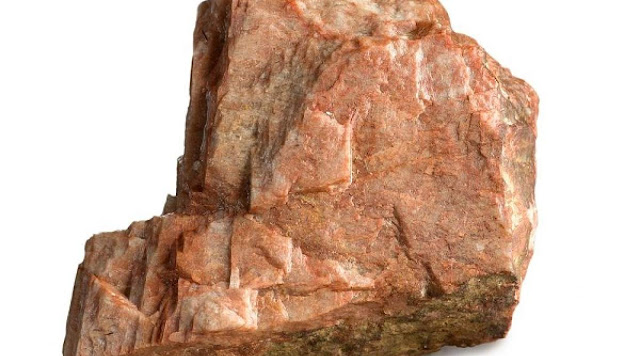Feldspar Market Size, Share, Analysis and Forecast 2021-2028

Forecasts for Feldspar Market from 2021 to 2028:
Feldspar is a mineral that is abundantly found in the earth's crust. It contains a variety of minerals, as well as to alkalis and alumina, such as sodium and potassium oxide. Glassware and tiles are examples of things that we use on a daily basis that include it. Its importance as a mineral is increased by its use in ceramic and glass products, as well as coatings and fillers in the paint industry. Furthermore, the construction industry's expansion has boosted feldspar demand. Its qualities of strength and durability make it an excellent choice. Feldspar has a wide range of melting points, resulting in a wide range of temperature levels.
COVID-19 has resulted in a nationwide lockdown as a result of the coronavirus outbreak.
The lockdown has had a negative impact on the economy. Because of a lack of workers and raw supplies, the construction sector has become non-functional and non-operational. As a result, the demand for feldspar has decreased significantly.
Feldspar Market scenario analysis, trends, drivers, and impact analysis are the most important variables to consider.
Feldspar is used in the production of glass and ceramics. Because feldspar ceramic tiles are widely utilized in construction, their market share has grown in the APAC area. Because of the enormous demand for tile in China's building industry, the country is the world's top producer, user, and exporter. The main producers of feldspar are European countries like Turkey and Poland. The largest contributors to the feldspar market are China, India, and Indonesia.
Due to increased government rules on mining, the feldspar market may see a decrease in market value. The feldspar market is restrained by fluctuations in fuel prices, as well as increases in mining and export expenses. Another constraint is that certain ceramics and glass can be recycled, resulting in a reduction in feldspar consumption.
Comments
Post a Comment